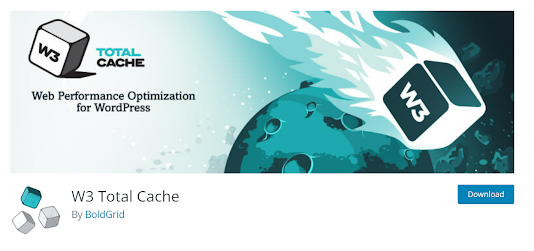Certainly! One popular caching plugin for WordPress is "W3 Total Cache." It's a feature-rich plugin that can significantly improve page loading times by caching various elements of your website. Here's an example of how to use W3 Total Cache to speed up page loading times for SEO:
- Install
and activate the W3 Total Cache plugin from the WordPress Plugin
Directory.
- After
activation, you'll find a new "Performance" menu in your
WordPress admin dashboard. Click on it to access the plugin's settings.
- In
the General Settings section, enable the "Page Cache" option.
This will cache your web pages and serve them as static HTML files,
reducing server load and improving response time.
- Configure
the "Minify" settings to combine and compress your CSS and JavaScript
files. Enabling minification reduces file size and decreases the number of
HTTP requests, resulting in faster page loading.
- Set
up the "Browser Cache" options to leverage browser caching. This
allows visitors to store static resources like images, CSS, and JavaScript
files locally, so they don't need to be fetched from the server on
subsequent visits.
- Activate
the "Database Cache" option to cache database queries,
optimizing the retrieval of dynamic content and reducing database load.
- Optionally,
you can enable "Object Cache" if your website relies on complex
database queries or external APIs. It stores the results of these queries,
reducing the load on your server.
- Once
you've configured the desired settings, save your changes and clear any
existing caches.
- Test
your website's loading time before and after implementing the caching
plugin to measure the improvement. You can use tools like Google PageSpeed
Insights or GTmetrix to assess the speed optimizations.
Remember to regularly update the caching plugin and test
your website to ensure it remains optimized as you make changes to your site.
By implementing a caching plugin like W3 Total Cache and
fine-tuning its settings, you can enhance your website's performance, reduce
page loading times, and provide a better user experience, which can positively
impact your SEO efforts.









